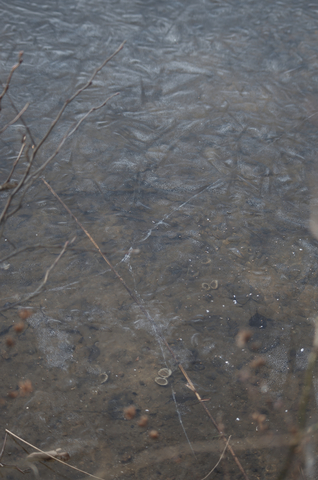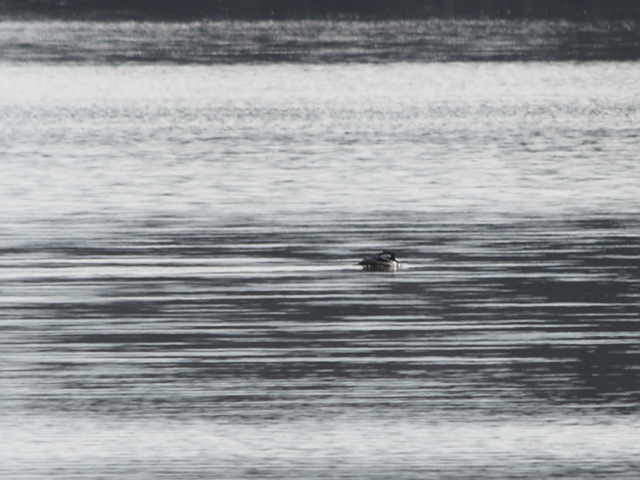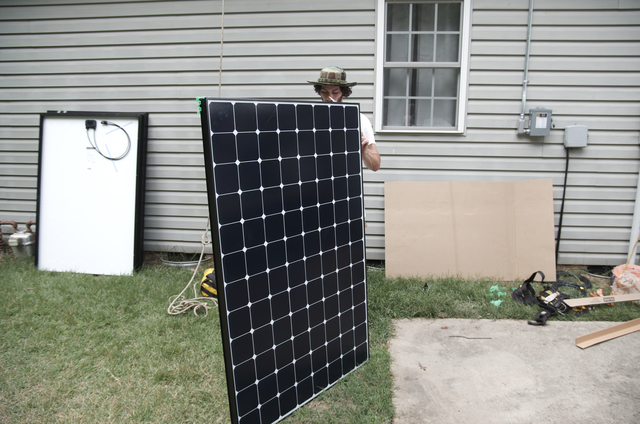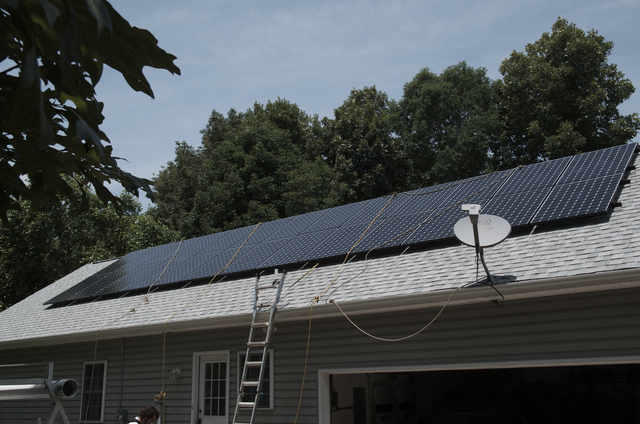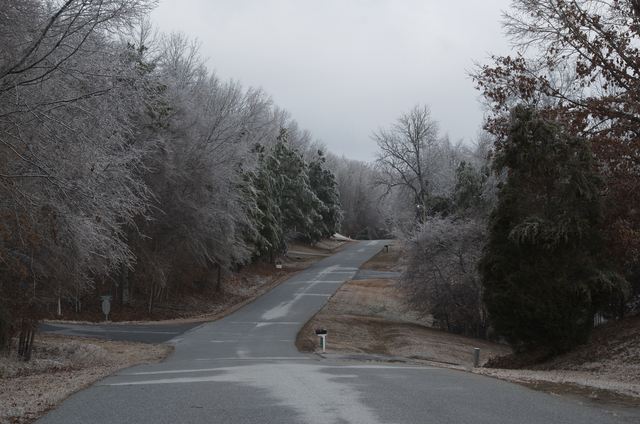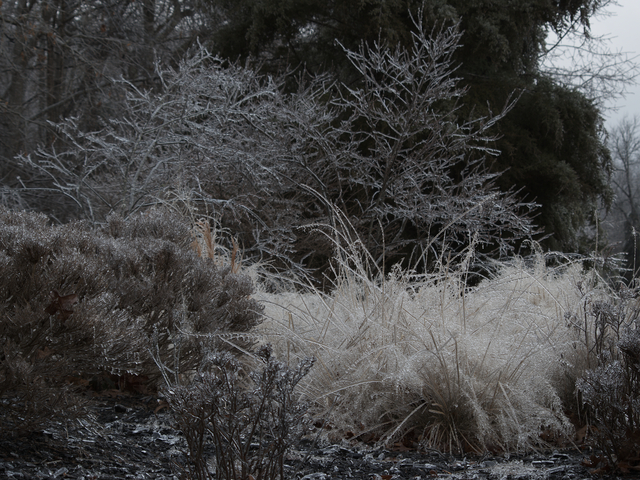I’d been meaning to write up something about hurricane/tropical storm Helene, but I gut busy with my own recovery process and wanted to be able to write the whole story. I’m not sure it’s all over, but, here goes.
In the week leading up to the storm here, it became increasingly likely that we would experience some sort of tropical system here. I don’t think many people, including myself, really grasped the magnitude of what was coming this way. A lot of that is history: we’ve had tropical storms come all the way up there (a couple hundred miles from the nearest coast), but it was always just some extra wind and rain. Rarely would a storm have tropical-storm force winds, and barely that.
Helene was different. It came ashore on the inside corner of Florida, and had a lot of momentum to carry it well inland. Still, though, as I looked at the advisories and forecasts early that Friday morning, 2024-09-27, I was still thinking this would just be more of what we’ve seen before.
Wow (Helene information courtesy of the National Hurricane Center).


I lost utility power at 06:27 EDT that morning as the storm approached with tropical-storm force, but Darn Near Hurricane-strength winds. Locally winds gusted to 70 mph, where it could be measured. As power lines fell, weather reporting stations fell off-line en masse. Knowing power was going to be out for “a while”, maybe even hours (?), I shut down all my IT gear and settled down to wait for daylight.
As the light came, I stuck my camera out during a bit of a lull in the heavy rain.

Once things settled down, I ventured out. WHEW that was close. This tree came down and just brushed the house, doing no damage (to the house):

As I looked around I thought it would be a good idea to let some people know I was still here, but while I had a cell signal, nothing was actually going anywhere. Well, can’t do what I can’t do. I took a cue from Nature: as soon as the storm abated, all the usual birds, squirrels, and others were right back to business in my back yard. I took that to mean I should do the same, get back to work and start doing stuff to recover.
I spent the better part of the day clearing that tree from the house, then headed out into the neighborhood. There was a lot of this sort of thing, mostly on the east side of the neighborhood. That’s the direction the winds were blowing from.
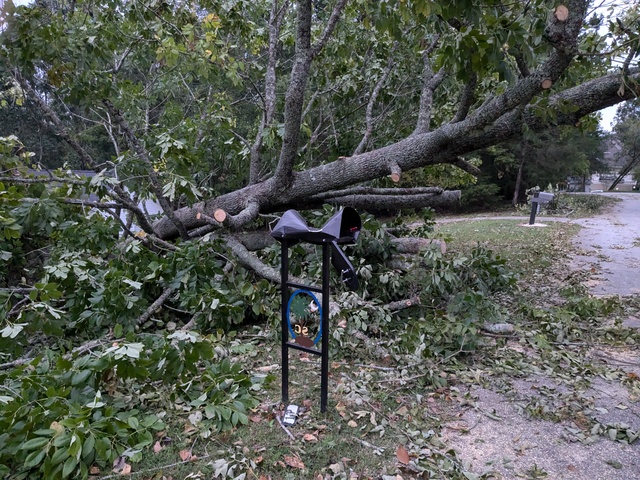
The lake level peaked the day after. There is a dock under all that water, which was close to six feet above normal.

By now it was clear that I was in a disaster area and I should try to find a new normal, at least for the foreseeable future. Fortunately my solar panels were undamaged and my inverters have a stand-alone function: I could flip a switch and activate outlets directly on the inverters to power whatever the available sunshine would power. That necessitated the use of some extension cords run in from the garage.

With my Internet router powered up, I found I had full network access. My local carrier, PRTC, was up and running without any apparent issues, so a big tip o’ the hat to them.
The magnitude of that accomplishment became even more clear as I fired up my laptop and tried to get into systems at work. The data center itself was unharmed and had full power, but communications were out all over the place. Private lines, MPLS, two independent ISPs, all were down at times. As some things came up, I was able to connect (via PRTC) to our New York location and route back south. Our network team moved mountains (and often deferred moving their own personal moutains) to work with what we had and provision a circuit with another ISP that was up in record time.
Meanwhile, I settled down to a pattern of tree clearing, checking in on work and anything I could help with there, and eating back-packing meals (my camping aspirations came in handy – I had no shortage of hot meals). Here’s a few of my favorite things:

As luck would have it, we’re only about 3 miles from the electrical substation, and most of those lines are out in the open with little to fall on them. The Sunday after the storm I went to bed shortly after dark (might as well) and was awakened by a “peep” that the CO2 detector makes when it powers up. After just over 2 and a half days we had power back here. I didn’t want to be too optimistic, but I got up and moved the refrigerator from the currently-inactive solar power feed to utility power.
That was a Big Moment in getting things back towards normal, but checking the Laurens Electric outage map still showed that most all of the county was still without power. It’s a bit ironic that usually our utility crews are going to Florida to help with storm recovery, but now we had crews coming from all over to help us here, including some from Florida as their recovery efforts wound down. It would be a full two weeks before all power was restored to the county. Again, a Big tip o’ the hat to our utility crews and the crews that came from all over to help us.
The day after the storm I called several tree people I knew and left messages. I’d been able to clear the tree in the back yard from the house, but another tree had developed an ominous tilt towards the house that it didn’t have before. Fortunately one of the tree guys was able to get here Tuesday and lay it down. That became another tree-clearing project for me. I didn’t want to tie him up any more than necessary to assure my safety, knowing that there were probably still trees on people’s houses.
Having no real reason to go anywhere (I had food, water, and communication), I didn’t venture out until a week after the storm. I didn’t want to risk getting in the way of recovery efforts. As I headed into town, there were areas where you could think nothing had happened, but then just down the road there’d be tree bits piled up on either side of the road. Or utility poles that were leaning over (and weren’t before). Utility crews were working in many places.
Most businesses were open, including the supermarket, although there were bare shelves here and there and they were unable to process credit cards. Fortunately the bank was open. Bar&chain oil was in short supply (and I was about out), but I was able to find some to feed my chain saw.
It was about a month after the storm when I had opportunity to visit the Laurens County Park where there’s a disc golf course through the woods that makes a nice walk (I’m not nearly proficient enough at disc golf to attempt that course). I believe this goal is a par 6, or was a par 6, it’s probably more than that now.

On black Friday I went in the opposite direction to most humans and spent the better part of the day in the woods at Croft State Park. There were a lot of areas like this:

An enormous amount of work had gone into getting trails cleared and re-opened, with still more to do, in addition to repairs to some of the facilities.
I implied that maybe we’re not done with this yet. North Carolina had things a lot worse than we did here and recovery efforts are still going on. There are places that simply don’t exist any more. And every once in a while I’ll look and think “that tree wasn’t leaning over before”, so there are still weakened trees that are at risk of falling. And one could fall on a power line, but I know what I’d do now.
All in all, we survived pretty well here. None of my neighbors, nor I, had any house damage from falling trees. A few had some basement flooding issues. One neighbor said they didn’t know where their boat was, but it’s not a big lake.
Along the way I made up a list of things to be Thankful for:
- That tree I had fall over did not hit the house; that could have been really bad.
- I had ample food and water on hand.
- With the above, I had no need to travel.
- My solar panels were undamaged and I could power things like laptops and the refrigerator off them.
- Being able to power the refrigerator meant I did not lose any food.
- The weather in the wake of the storm was really pleasant and benign, with lots of sun, light winds, and moderate temperatures.
- PRTC (Piedmont Rural Telephone Co-op) was there every time I powered up my router.
- Our utility power was restored after just 2 days and 14.5 hours.
- I was able to get the tree that was threatening the house taken down in just a few days.
- Once communications with the data center were restored, I could resume working from home.
- The tree that fell over was one I had my eye on, thinking that at some point I’d have to get someone to take it down. That would have cost a large some of money, probably 4 figures. Helene took care of that.
- Water and gas utilities were undisturbed.
- While a lot of trees fell over, many more were left standing, and forests are intact.
- I will miss my fallen trees, which provided a lot of shade around the house, but I found there were some tree-like plants growing up under the one I had cut down, and it’ll be a lot easier to grow vegetables on the back porch now with plenty of sun. There’s a tree that started itself in a pot on the back porch I can transplant to start taking the place of the fallen one.
- Everybody in my circle was safe.
I actually did take a shot at a little chainsaw carving. I figured my first attempt would be grotesque and hideous, even frightening, so I attempted to carve a bit of a Halloween decoration:

Boo.



